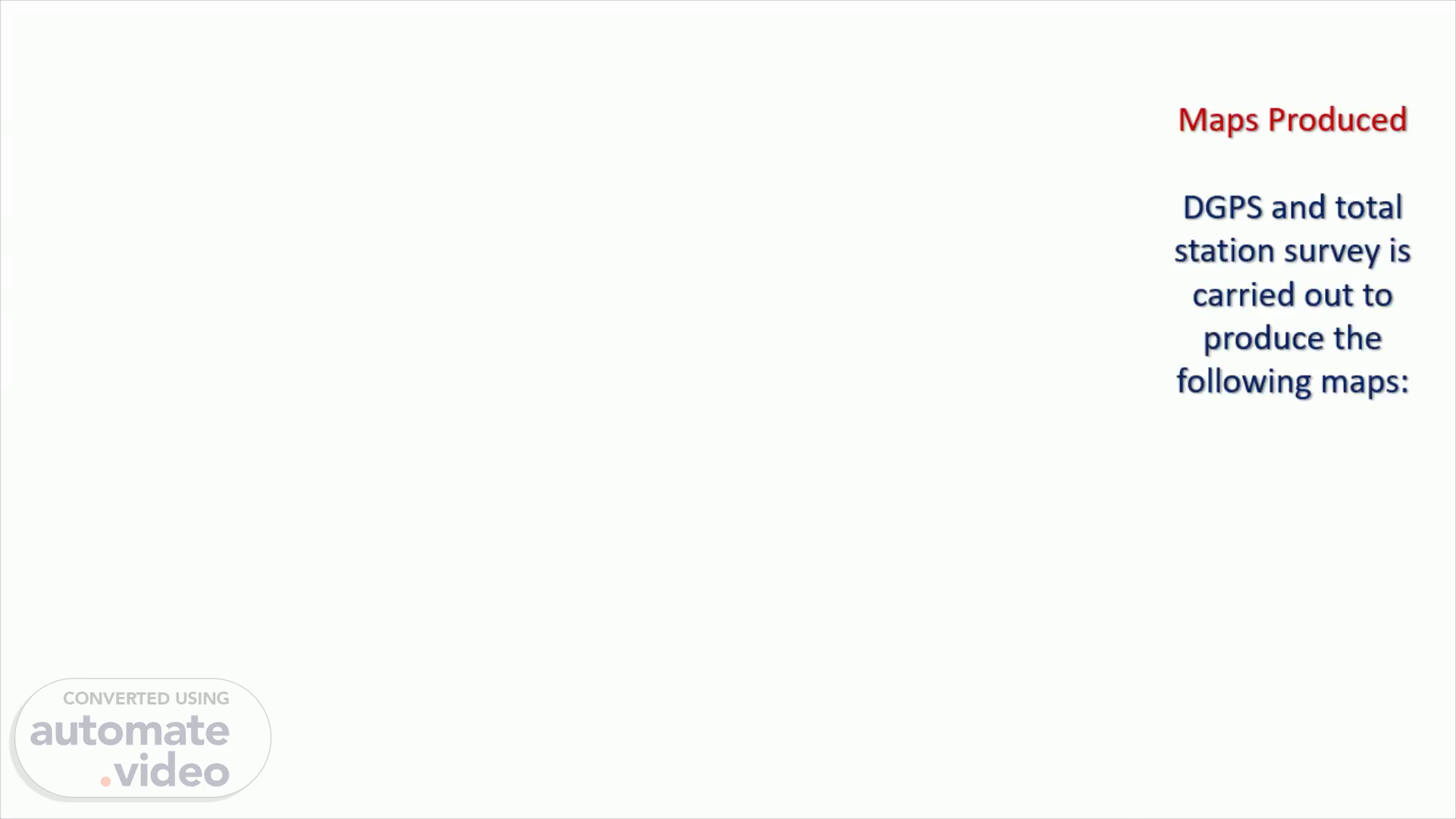
PowerPoint Presentation
Scene 1 (0s)
[Audio] The shallow sewerage system is designed for one of the sewerage zones of Nalgonda Municipality. Both conventional and shallow sewer designs are attempted in order to bring out the cost difference between the two systems. The first step in the design of sewerage system is to produce the topographic map, road network map and contour map. These maps are produced by undertaking DGPS and total station survey. Subsequently, the catchment map and sewerage zone map are also produced..
Scene 2 (35s)
[Audio] The design of the conventional sewer network is done using sewerGEMS software using standard design parameters as recommended by CPHEEO. The total length of the sewer network is 84.243 kilometer and the project cost is rupees 158.03 crore..
Scene 3 (1m 11s)
[Audio] Design of shallow sewer network is done by using the UNCHS Habitat guidelines contained in ' Design of Shallow Sewer System', along with the CPHEEO guidelines. Sewers with burial depths of up to 1.1 m are laid along the property line at a slope of 1 in 167, and they qualify as shallow sewers. All the remaining sewers are either sub-mains or mains and are designed as conventional sewers. Each connection is provided with an inspection chamber. The total project cost is obtained as rupees 90.64 lakhs. Cost comparison with the conventional system indicates that there is a 42.64 percent overall saving. The expenditure is 13 percent excess in laying of sewers owing to the dual pipes but this is meager in compassion to the 82.65 percent saving in the road restoration works..
Scene 4 (2m 27s)
[Audio] NCPE believes that the shallow sewer system in combination with the conventional system can prove to be a game changer in the sanitation sector. Thank You..